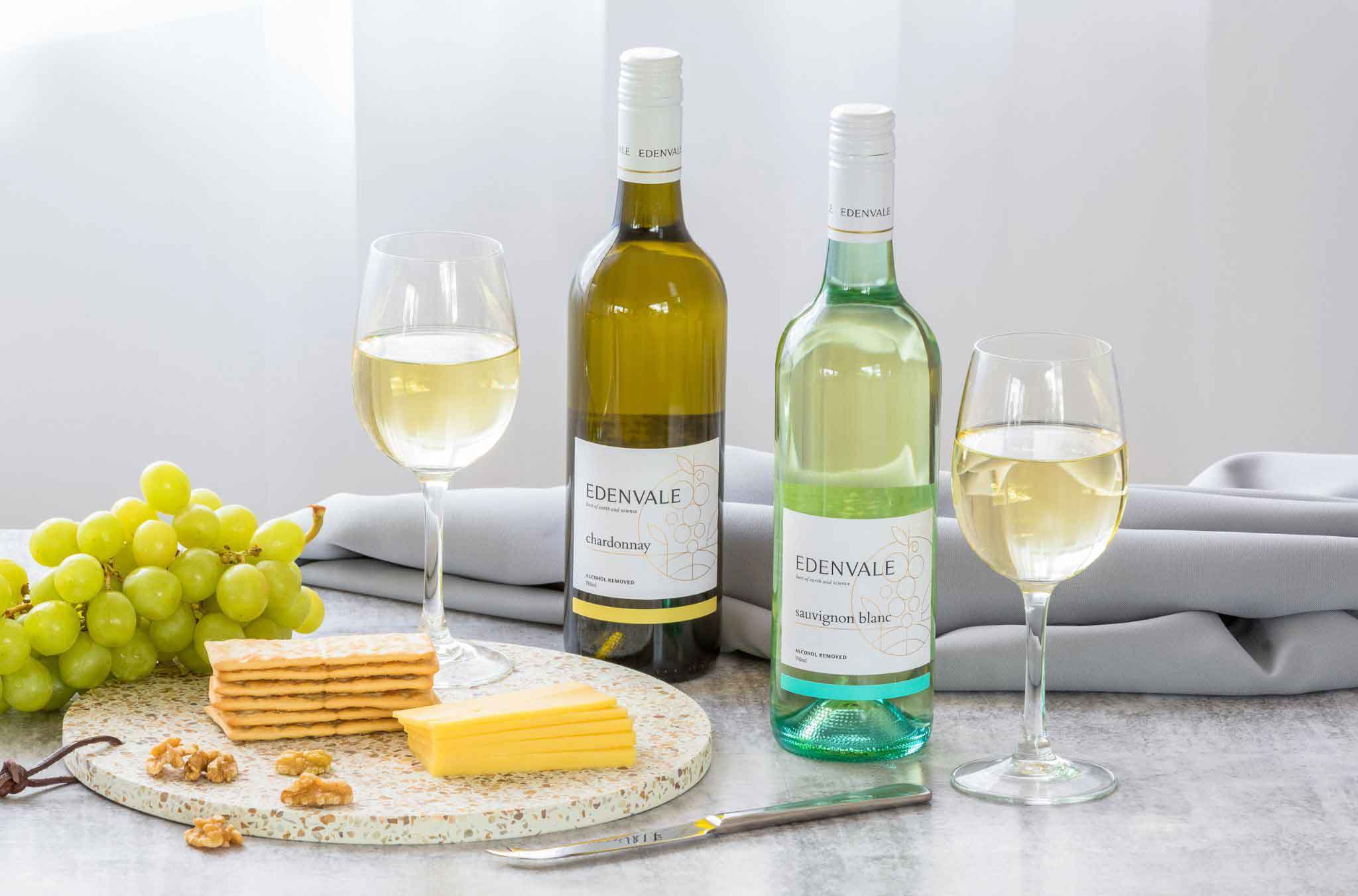

Articles
How To Store White Wine
Modified: January 5, 2024
Learn how to store white wine properly with our informative articles. Discover tips and techniques to preserve the quality and flavor of your favorite white wines.
(Many of the links in this article redirect to a specific reviewed product. Your purchase of these products through affiliate links helps to generate commission for Storables.com, at no extra cost. Learn more)
Introduction
Storing white wine properly is essential for preserving its taste, aroma, and overall quality. Whether you are a wine enthusiast or simply enjoy a glass of wine on special occasions, knowing how to store white wine correctly will ensure that you can savor its flavors for as long as possible.
White wine is delicate and sensitive to its environment, so it requires specific conditions to maintain its optimal taste and texture. Factors such as temperature, humidity, light exposure, storage location, and bottle position all play a crucial role in preserving the integrity of white wine. In this article, we will explore the key considerations for storing white wine and provide you with valuable tips to ensure your favorite white vintages remain fresh and enjoyable.
Key Takeaways:
- Proper storage of white wine involves maintaining consistent temperature, humidity, and darkness to preserve its delicate flavors and prevent oxidation. Investing in a wine refrigerator or cellar can help create an optimal environment.
- Whether storing white wine horizontally or vertically, ensuring proper preparation, avoiding common mistakes, and choosing the right closure type are essential for maintaining its quality and aging potential. Consistency and care are key to enjoying white wine at its best.
Read more: How To Store White Wine Vinegar
Proper Temperature for Storing White Wine
The temperature at which you store white wine greatly impacts its taste and aging process. Generally, white wine should be stored at a cooler temperature compared to red wine because it is more delicate and prone to oxidation. The ideal temperature range for storing white wine is typically between 45°F (7°C) and 55°F (13°C).
It is important to avoid extreme temperature fluctuations as they can negatively affect the wine’s flavor and cause the cork to expand and contract, potentially leading to leakage or oxidation. Rapid temperature changes can result in the deterioration of the wine’s characteristics and ruin it completely.
If you store white wine at a temperature that is too low, it may become dull and lose its flavor. On the other hand, if the temperature is too high, the wine may become overly acidic or develop off-flavors. It is crucial to find a consistent and cool storage location to maintain the perfect temperature for your white wine.
Investing in a wine refrigerator or cellar can help you regulate the temperature and create an optimal environment for your white wine collection. These specialized storage solutions allow you to set and maintain a specific temperature, ensuring that your white wine remains fresh and enjoyable for an extended period.
Remember, consistency is key when it comes to storing white wine. Avoid keeping your white wine in places that experience temperature fluctuations, such as near windows, radiators, or in the garage.
The Importance of Humidity Levels
Humidity levels play a crucial role in storing white wine effectively. While temperature regulates the aging process, proper humidity ensures the wine’s cork remains in good condition and prevents oxidation. The ideal humidity level for storing white wine is around 60-70%.
If the humidity is too low, the cork can dry out and allow oxygen to seep into the bottle, leading to accelerated oxidation and spoilage. Conversely, high humidity levels can promote mold growth or cause label damage. Maintaining the right humidity helps preserve the wine’s freshness, aroma, and taste.
To control humidity levels, consider storing your white wine in a cool, dark, and humid location, such as a wine refrigerator or cellar. These storage environments are designed to maintain consistent humidity levels, providing an optimal atmosphere for your white wine collection.
If you do not have access to a wine refrigerator or cellar, you can also use a hygrometer to measure the humidity levels in your storage area. Use a humidifier or a small bowl of water to increase humidity if needed. It is important to regularly monitor the humidity levels to ensure they remain within the ideal range.
Avoid storing white wine in areas with high humidity, such as near bathrooms or laundry rooms. Excessive moisture can damage the wine labels and compromise the overall quality of the wine.
By paying attention to and maintaining the proper humidity levels, you can ensure that your white wine ages gracefully and retains its distinct characteristics for years to come.
Light Exposure and Its Effects on White Wine
Light exposure is another crucial factor to consider when storing white wine. Ultraviolet (UV) rays from both natural and artificial light can degrade the wine’s color, flavor, and aroma over time.
White wine, particularly those with lighter hues, is more susceptible to light damage compared to red wines. Exposure to light can cause chemical reactions in the wine, leading to the development of off-flavors and a phenomenon known as “light strike.”
To protect your white wine from light damage, store it in a dark or dimly lit area. Avoid storing white wine in direct sunlight or under bright fluorescent lighting. UV-filtering glass doors or wine racks can also help reduce the wine’s exposure to harmful UV rays.
If you have a collection of white wines on display, consider using opaque or tinted wine bottles to provide an extra layer of protection against light exposure. Additionally, keep in mind that clear bottles are more susceptible to light damage than darker-colored wine bottles.
It is worth mentioning that while light exposure can be detrimental to white wine, a short period of exposure, such as when transporting the wine from the store to your home, is unlikely to cause significant damage. However, it is still advisable to minimize exposure as much as possible.
By minimizing light exposure and storing your white wine in a dark environment, you can ensure that it maintains its freshness, flavors, and overall quality over time.
Choosing the Right Storage Location
When it comes to storing white wine, the location plays a vital role in maintaining its quality and ensuring optimal aging. Here are some key considerations for selecting the right storage location:
- Consistent Temperature: Choose a location with a consistent temperature within the recommended range of 45°F (7°C) to 55°F (13°C). Avoid areas that are exposed to temperature fluctuations, such as near windows, radiators, or heating vents.
- Avoidance of Vibrations: Vibrations can disturb the sediment in wine and negatively impact its flavor. Avoid storing white wine in areas prone to vibrations, such as near washing machines, loud appliances, or heavy traffic areas.
- Darkness: Opt for a storage area that is dark or has minimal exposure to light. UV rays can accelerate the aging process and degrade the wine’s quality. If your storage area has windows, consider using light-blocking curtains or UV-filtering glass to minimize light exposure.
- Humidity Control: Ensure the storage area maintains a relative humidity level of around 60-70%. Excessive humidity can promote mold growth, while low humidity can dry out the cork and cause oxidation. Consider using a humidifier or a moisture-absorbing product, depending on the humidity conditions in your storage space.
- Stability: Select a stable location where the bottles will not be subject to frequent movement or jostling. Wine should remain undisturbed to prevent disruptions to the aging process and sediment accumulation.
Common areas that meet these criteria include a wine refrigerator, temperature-controlled cellar, or a dark closet or basement corner. These locations provide the necessary conditions to keep your white wine in optimum condition and protect it from external influences that can spoil its flavor and aroma.
Remember, consistency is key when it comes to white wine storage. By choosing the right storage location, you can ensure that your white wine collection ages gracefully and continues to bring joy to your palate.
Store white wine in a cool, dark place away from direct sunlight and temperature fluctuations. Keep the bottle on its side to keep the cork moist and prevent oxidation. Avoid storing it in the refrigerator for extended periods as the vibration can affect the wine’s flavor.
Read more: How To Store White Wine After Opening
Storing White Wine Bottles Horizontally or Vertically
When it comes to storing white wine bottles, the position in which you place them can make a difference in their aging process and overall quality. The two main options for storing wine bottles are horizontally and vertically. Let’s explore the pros and cons of each:
Horizontally:
- Traditionally, wine bottles are stored horizontally. This position keeps the wine in contact with the cork, which helps to keep the cork moist and prevents it from drying out.
- A moist cork is important as it creates a tight seal, minimizing the risk of oxygen entering the bottle and causing premature oxidation.
- Storing white wine bottles horizontally also helps prevent the wine from developing off-flavors and ensures that any sediments settle at the bottom of the bottle.
Vertically:
- Storing white wine bottles vertically can be a suitable option if you plan to consume the wine within a short period.
- By storing the bottle upright, you minimize the surface area of the wine that is exposed to the cork. This can be beneficial in preventing any potential cork taint.
- Additionally, storing white wine bottles vertically may save space, as you can stack them more efficiently in a wine rack or storage unit.
Ultimately, the decision between storing white wine bottles horizontally or vertically depends on your specific circumstances. If you plan to age the wine for a prolonged period, it is recommended to store the bottles horizontally to ensure the cork remains moist and functions effectively as a seal.
However, if you anticipate consuming the white wine relatively soon, storing the bottles upright may be a more practical choice. Just ensure that the wine is stored in a cool, dark location, away from light and temperature fluctuations.
Regardless of the storage position, always handle white wine bottles with care to prevent unnecessary agitation that can impact the wine’s flavors and quality. By choosing the appropriate position, you can effectively store your white wine bottles and enjoy them at their best.
Corked Bottles vs. Screw Cap Bottles: Storage Differences
When it comes to white wine bottles, you may come across two main closure types: cork and screw cap. Each closure type has its own benefits and considerations when it comes to storage. Let’s explore the storage differences between corked bottles and screw cap bottles:
Corked Bottles:
- Cork is a traditional closure method for wine bottles, providing an airtight seal that allows for slow and controlled oxygen exchange.
- For white wines sealed with corks, it is important to store them horizontally to keep the cork moist. This prevents it from drying out and shrinking, which could allow air to enter the bottle and lead to premature oxidation.
- Humidity levels should also be maintained to avoid drying out the cork. Aim for a humidity range of 60-70% to ensure proper cork integrity.
- Corked bottles are typically associated with wines that benefit from aging. If you are storing white wines that are meant to be aged, such as oak-aged Chardonnay or some Rieslings, proper storage conditions are crucial for the wine to develop its full potential.
Screw Cap Bottles:
- Screw caps provide a reliable and airtight seal that eliminates the risk of cork taint and oxidation. They have become increasingly popular for white wines due to their convenience and preservation capabilities.
- Unlike with corked bottles, screw cap bottles can be stored either horizontally or vertically. The seal is not affected by the orientation of the bottle.
- Screw cap closures offer an advantage in terms of convenience, as they are easy to open and reseal. This makes them a popular choice for white wines that are meant to be consumed within a shorter period.
Regardless of the closure type, it is important to store corked and screw cap bottles of white wine in a cool, dark place to minimize the impact of temperature and light on the wine’s quality. By providing the right storage conditions, you can ensure that your white wine remains fresh, flavorful, and enjoyable, regardless of the closure type.
Preparing White Wine for Long-Term Storage
If you plan to store white wine for an extended period, it is essential to take certain steps to ensure that it ages gracefully and maintains its quality over time. Here are some tips for preparing white wine for long-term storage:
- Clean and Dry Bottles: Before storing white wine, ensure that the bottles are clean and dry. Any residue or moisture can affect the wine’s taste and introduce unwanted flavors. Rinse the bottles with water and let them air dry completely.
- Avoid Strong Odors: White wine is particularly sensitive to absorbing odors, which can alter its flavor. Store white wine bottles away from strong-smelling substances such as cleaning chemicals, spices, or perfumes to maintain the wine’s integrity.
- Seal the Bottles: If you are using corked bottles, ensure that the corks are firmly sealed without any signs of leakage or damage. Replace any compromised corks to maintain an airtight seal. Screw cap bottles should be tightly closed to prevent any air exchange.
- Temperature Control: As mentioned earlier, maintaining a consistent and cool temperature is crucial for long-term white wine storage. Invest in a wine refrigerator or cellar that allows you to set and monitor the ideal storage temperature for white wine (45°F to 55°F).
- Proper Humidity: Alongside temperature control, maintaining the right humidity level is vital. Aim for humidity levels between 60-70% to keep the corks moist and prevent oxidation. Use a hygrometer to monitor humidity and consider using a humidifier or moisture-absorbing products to adjust humidity levels if necessary.
- Darkness: Protect white wine from light exposure by storing it in a dark or dimly lit area. UV rays can degrade the wine, causing it to develop off-flavors and lose its quality over time. Use light-blocking curtains or UV-filtering glass to minimize light exposure.
By taking these steps to prepare white wine for long-term storage, you can ensure that it ages well and retains its flavors, aromas, and overall quality. Regularly check on your stored white wine to monitor for any signs of spoilage or deterioration. With proper care and storage, your white wine collection can be enjoyed for years to come.
Avoiding Common Mistakes in White Wine Storage
Properly storing white wine is crucial for maintaining its quality and ensuring an enjoyable drinking experience. To help you avoid common mistakes in white wine storage, here are some important guidelines to follow:
- Inconsistent Temperature: Fluctuating temperatures can have a detrimental effect on white wine. Avoid storing white wine in areas prone to temperature variations, such as near windows, heating sources, or refrigerators. Instead, opt for a temperature-controlled environment like a wine refrigerator or cellar.
- Exposure to Light: Light, especially UV rays, can harm white wine by causing oxidation and degradation. Store white wine in a dark location or use opaque wine bottles, tinted glass, or UV-blocking wine bags to protect it from harmful light exposure.
- Poor Humidity Control: Inadequate humidity levels can lead to problems like dried-out corks and premature oxidation. Maintain relative humidity between 60-70% to keep the corks moist and prevent unwanted air leakage into the bottle. Use a hygrometer to monitor humidity levels and make adjustments if necessary.
- Horizontal Storage Neglect: White wines sealed with corks should be stored horizontally to keep the cork moist and maintain a good seal. Neglecting to store white wine bottles on their sides can result in dry corks, which may lead to oxidation and potential wine spoilage.
- Proximity to Strong Odors: White wine is sensitive to absorbing odors from its surrounding environment. Avoid storing white wine near strong-smelling substances like spices, cleaning agents, or other aromatic items to prevent the wine from developing unwanted flavors.
- Improper Bottle Handling: Rough handling or frequent movement can disturb the sediments in white wine, impacting its taste and clarity. Handle white wine bottles with care, avoiding unnecessary agitation or jostling.
- Long-Term Storage of All White Wines: Not all white wines are suitable for long-term aging. While some white wines may benefit from aging, many are intended for immediate consumption and do not improve significantly with time. Research the specific white wine you have to determine whether it should be enjoyed sooner rather than later.
By avoiding these common mistakes, you can ensure that your white wine remains in optimal condition, preserving its freshness, flavors, and aromas. Remember to follow proper storage guidelines, invest in the right equipment, and regularly monitor the conditions to maintain the quality of your white wine collection.
Read more: How Many Carbs In A Glass Of White Wine
Conclusion
Properly storing white wine is essential for preserving its taste, aroma, and overall quality. From maintaining the right temperature and humidity levels to minimizing light exposure and choosing the right storage location, every aspect plays a crucial role in ensuring that white wine aging is done optimally.
By storing white wine at a consistent temperature, typically between 45°F (7°C) and 55°F (13°C), you can slow down the aging process and maintain its flavors. Controlling humidity levels between 60-70% helps keep the corks moist, preventing oxidation and premature spoilage.
Light exposure can negatively impact white wine, causing off-flavors and degradation. Storing white wine in a dark environment or using UV-blocking methods can protect it from harmful light rays.
The choice between storing white wine bottles horizontally or vertically depends on the closure type and aging goals. Corked bottles are typically stored horizontally to keep the cork moist and maintain an airtight seal, while screw cap bottles can be stored in either position without affecting their integrity.
Proper preparation is vital for long-term storage of white wine. Ensure bottles are clean and dry, avoid strong odors, seal bottles securely, and store them in a cool, dark location with appropriate humidity and stability.
Avoiding common mistakes in white wine storage, such as inconsistent temperature, light exposure, poor humidity control, neglecting horizontal storage, proximity to strong odors, improper bottle handling, and assuming all white wines are suitable for long-term aging, can help maintain the wine’s quality and prevent spoilage.
In conclusion, by following these guidelines and implementing best practices in white wine storage, you can savor the flavors, aromas, and overall excellence of your favorite white wines for years to come. With the right storage conditions, you can truly appreciate the delicate nuances and enjoy the full potential of each bottle of white wine.
Frequently Asked Questions about How To Store White Wine
Was this page helpful?
At Storables.com, we guarantee accurate and reliable information. Our content, validated by Expert Board Contributors, is crafted following stringent Editorial Policies. We're committed to providing you with well-researched, expert-backed insights for all your informational needs.
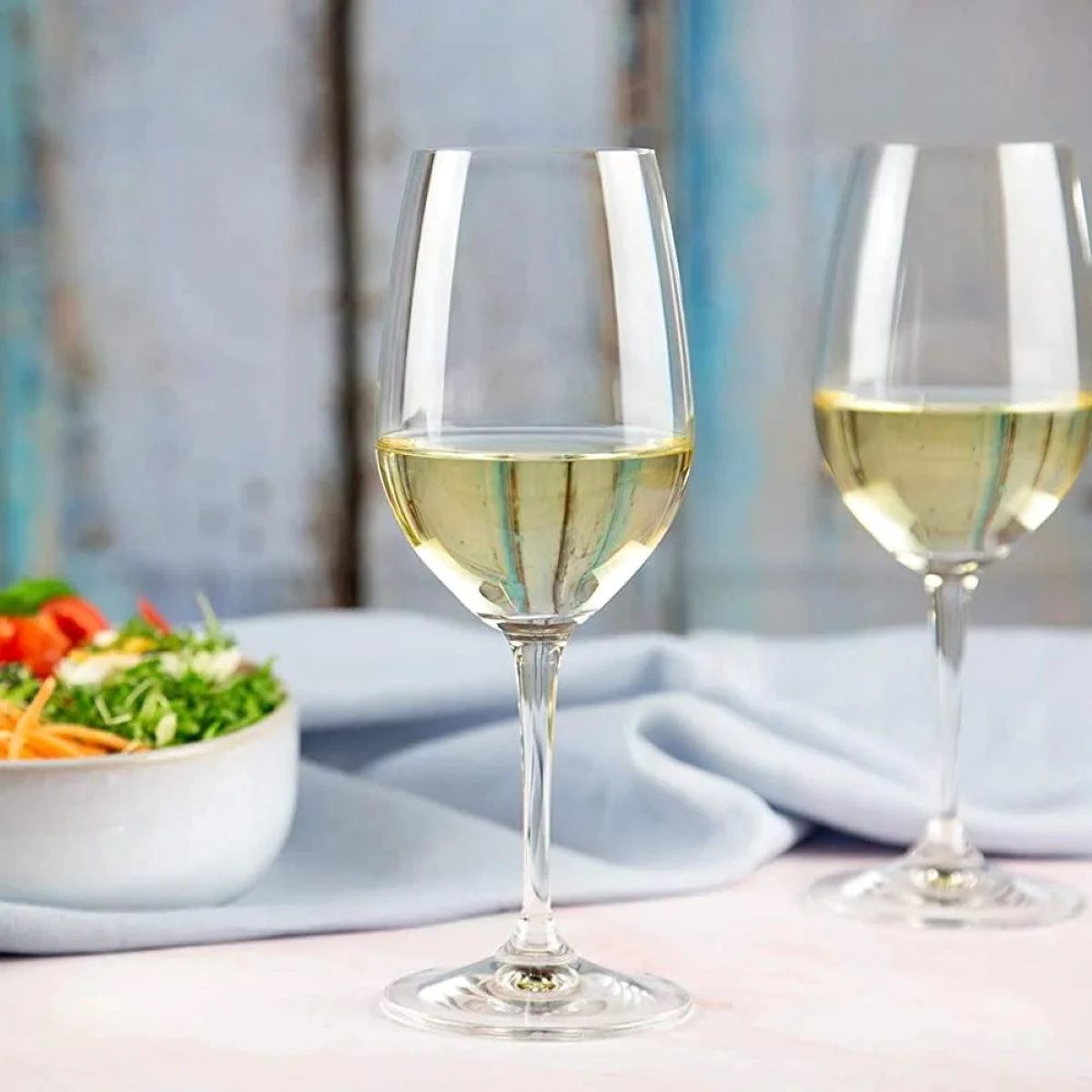
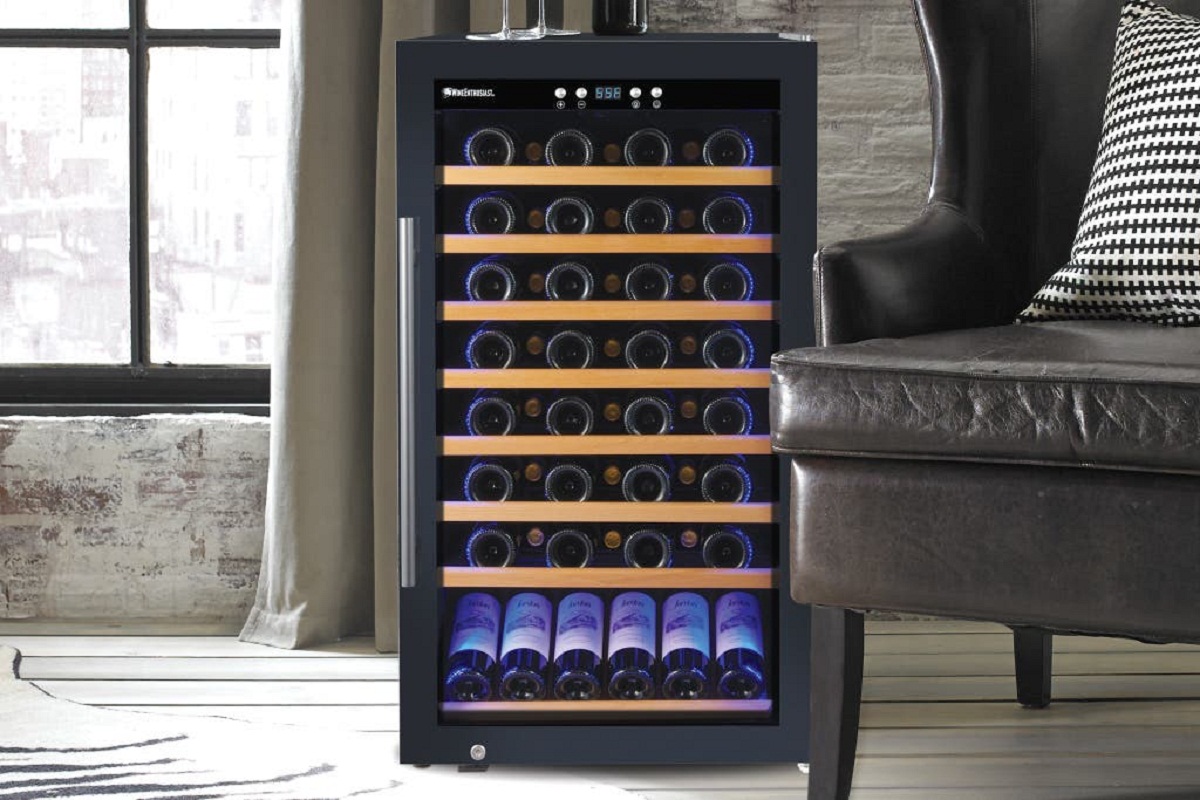
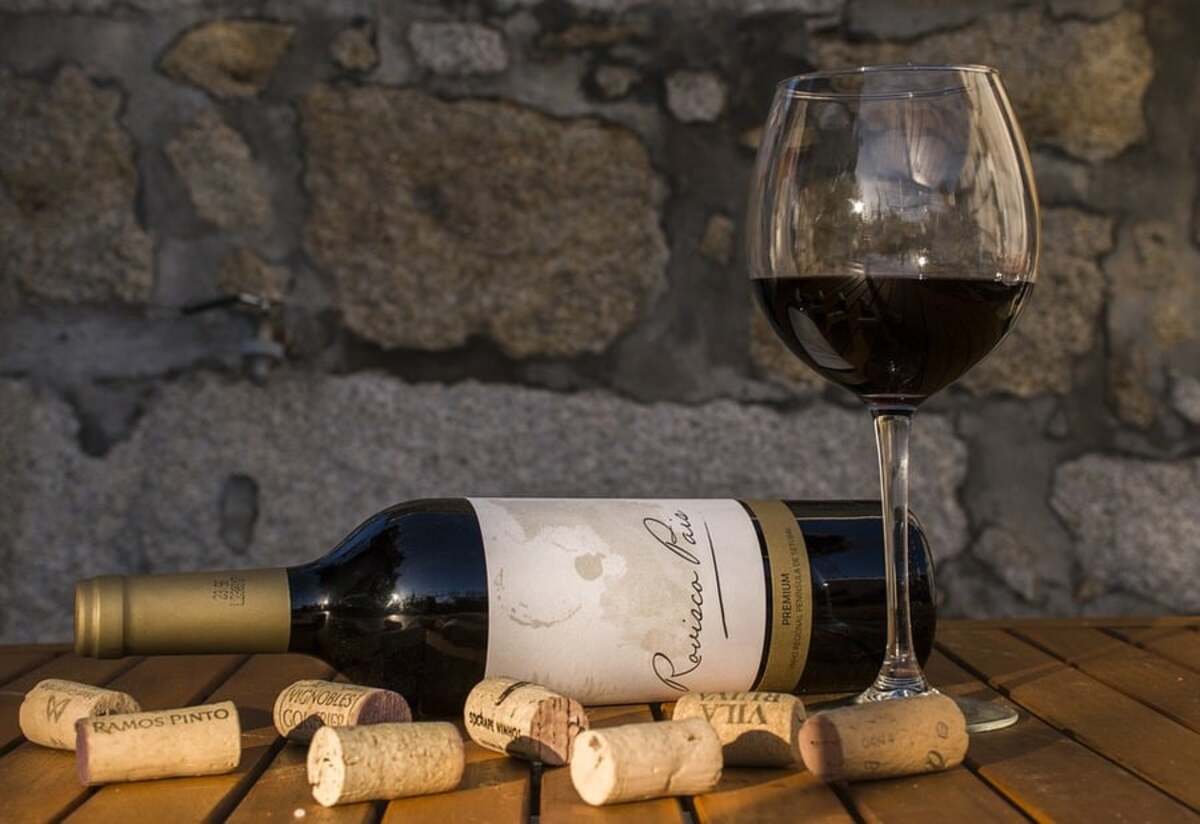
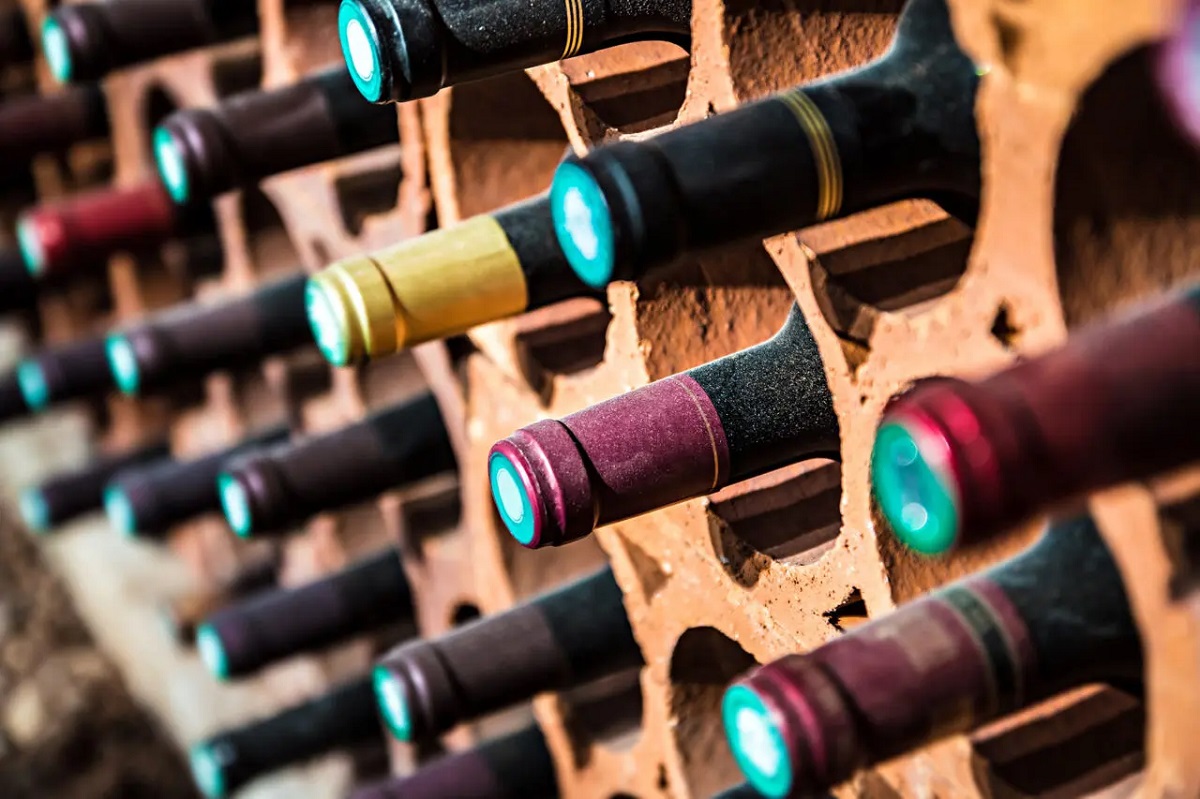
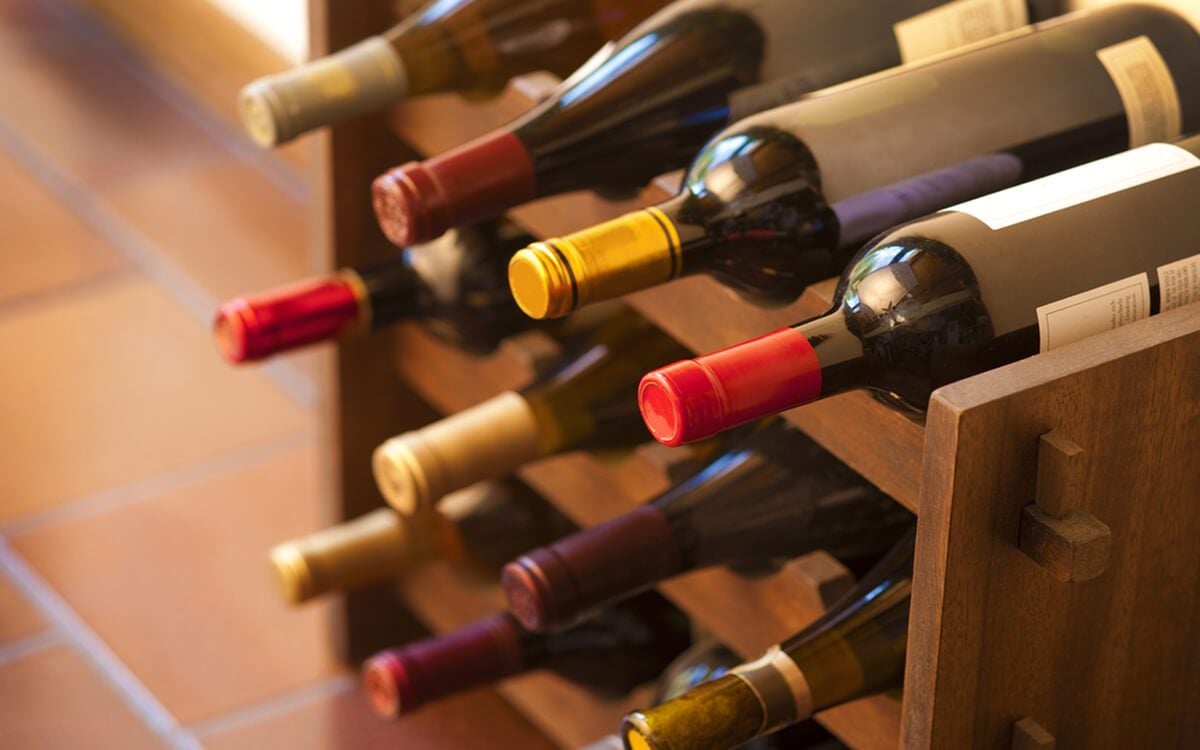
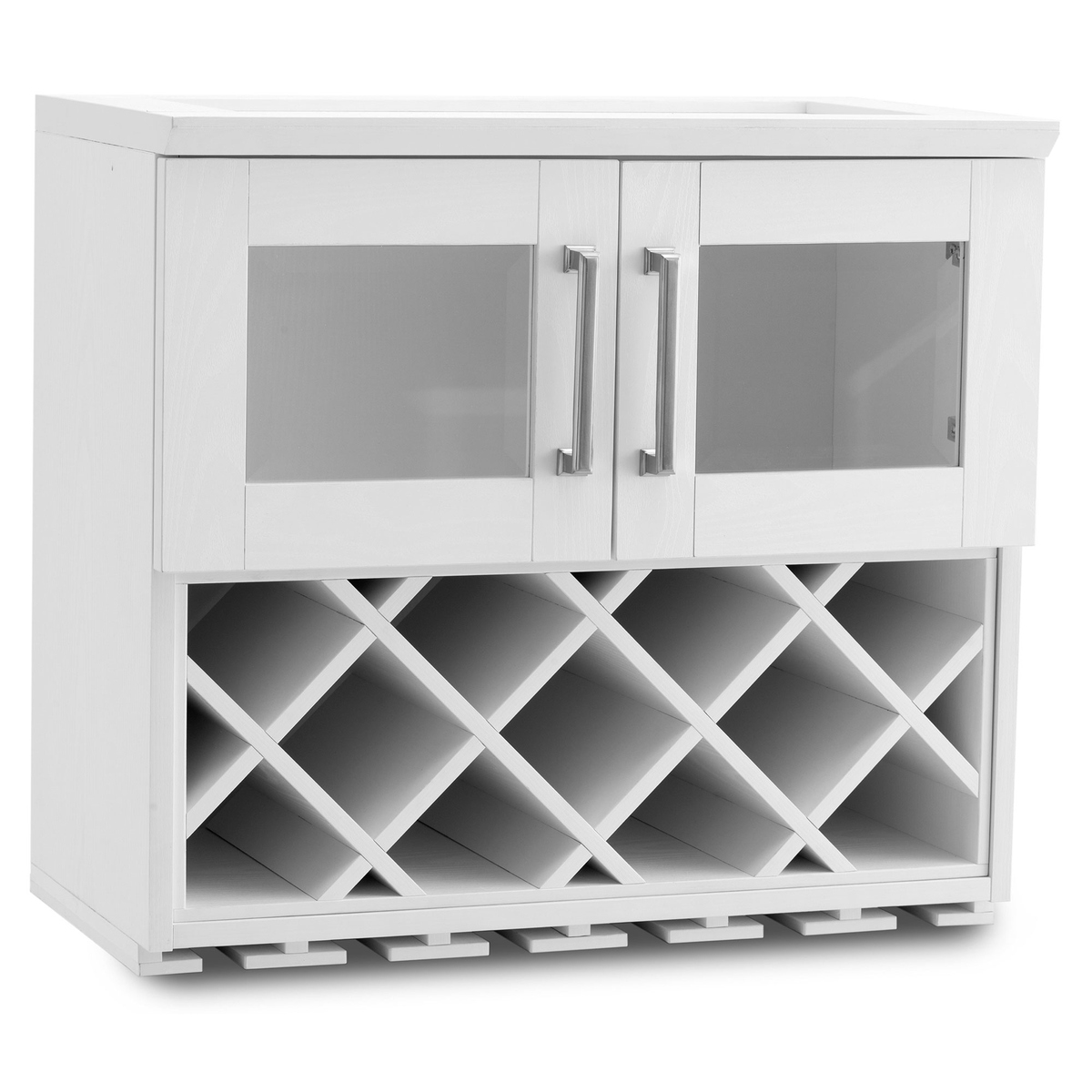
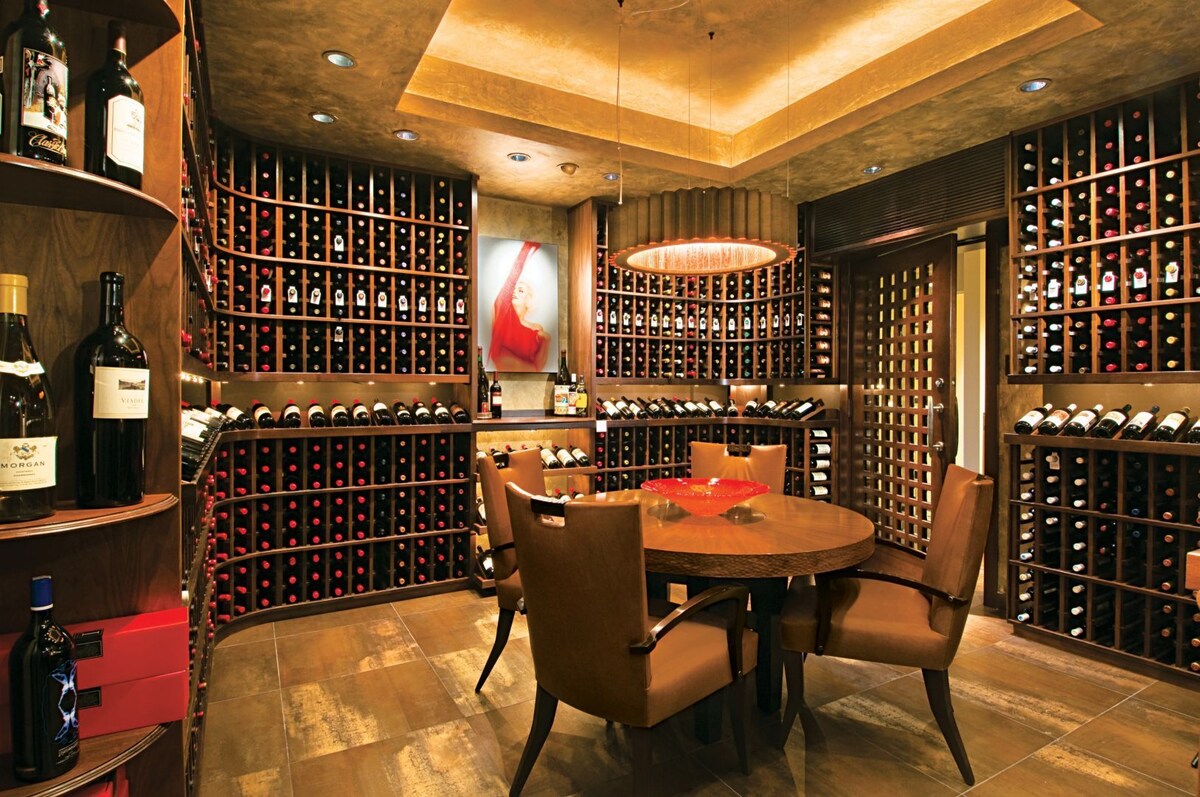

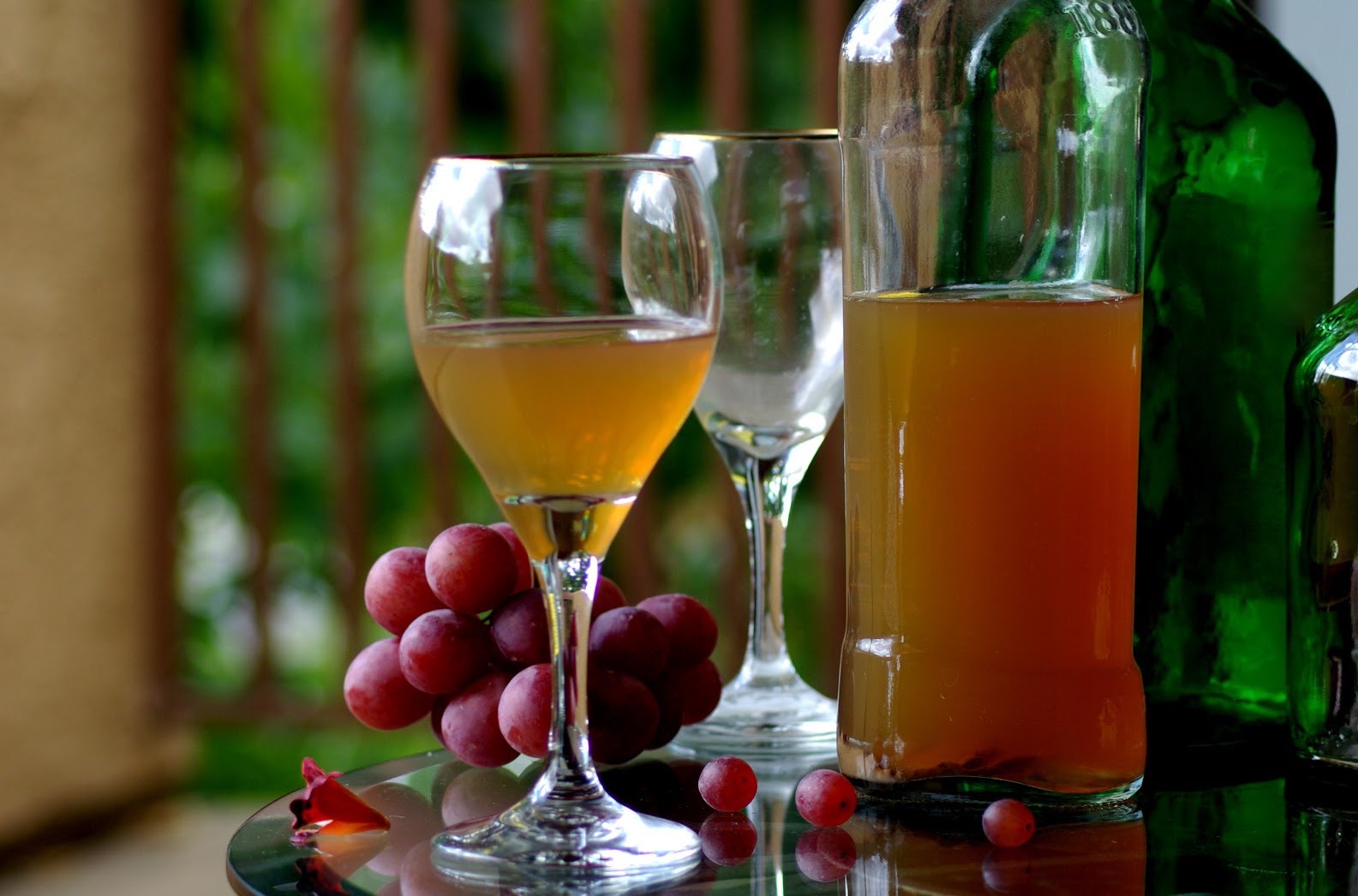
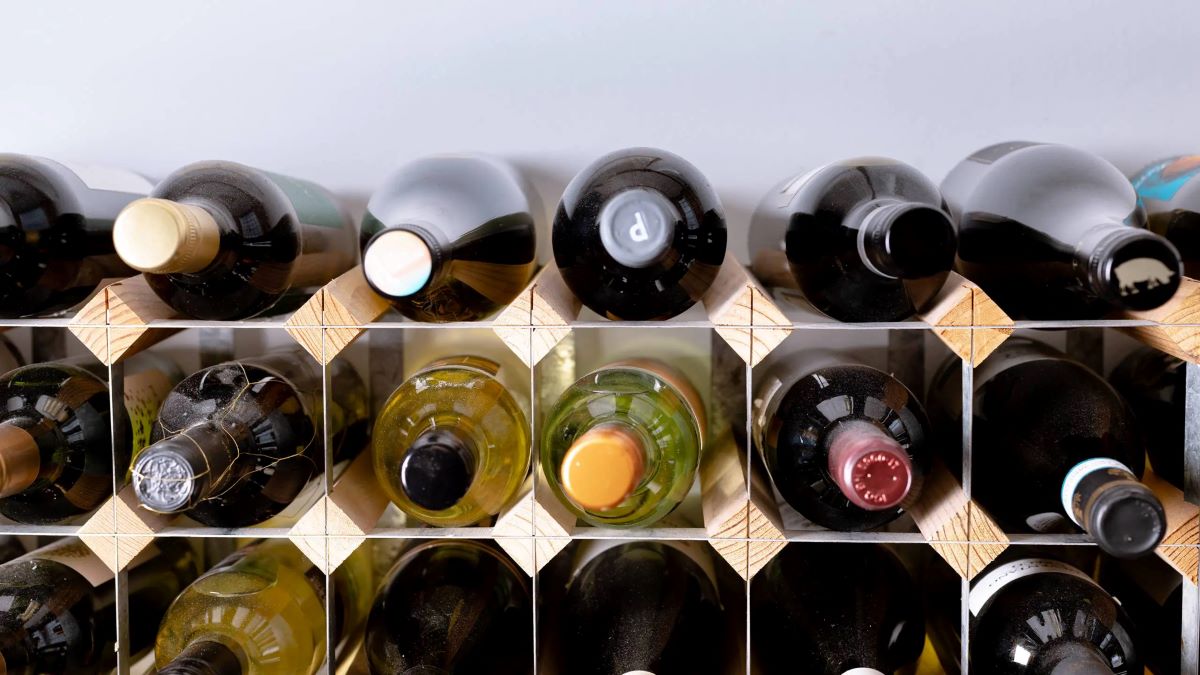
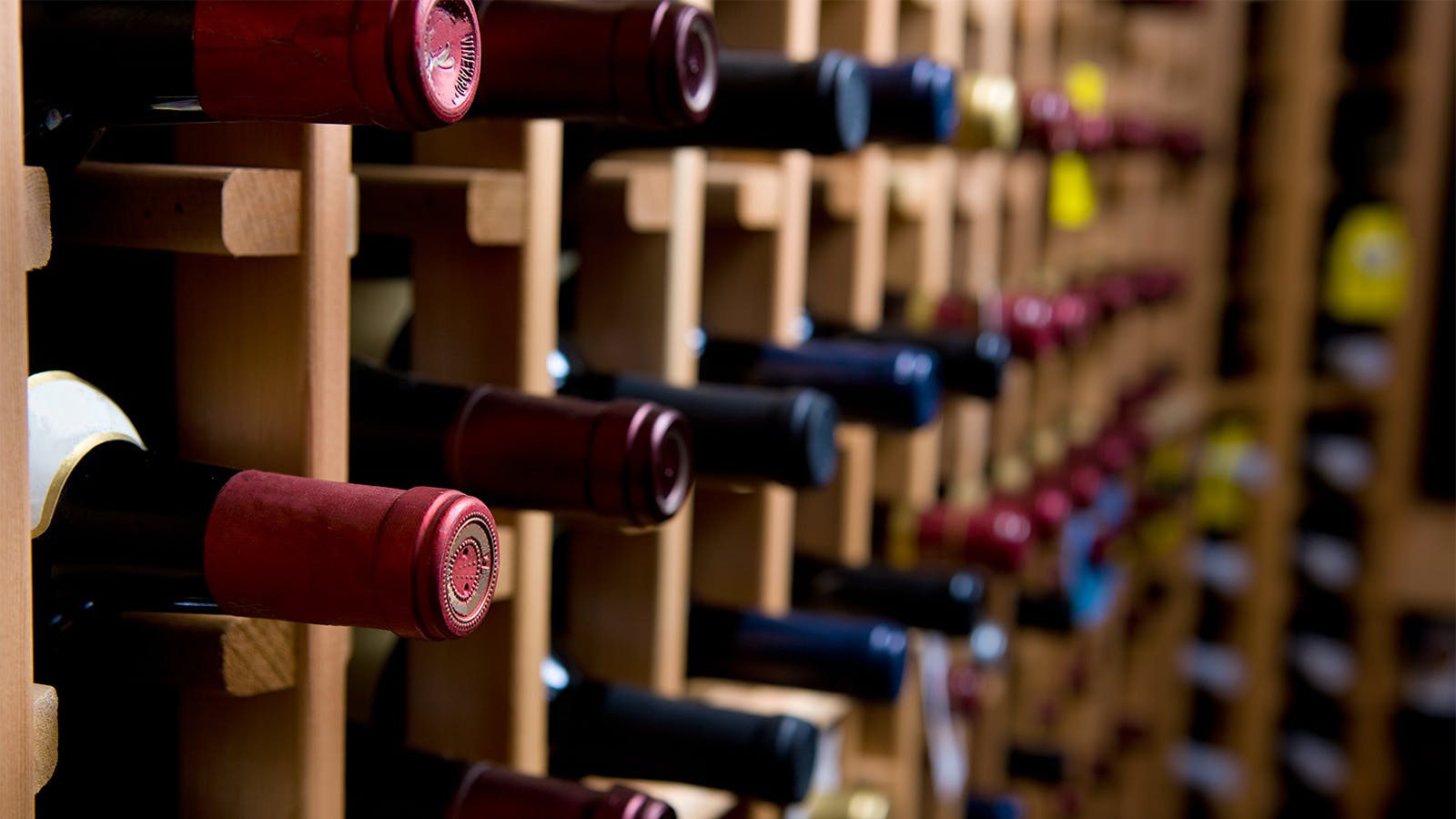
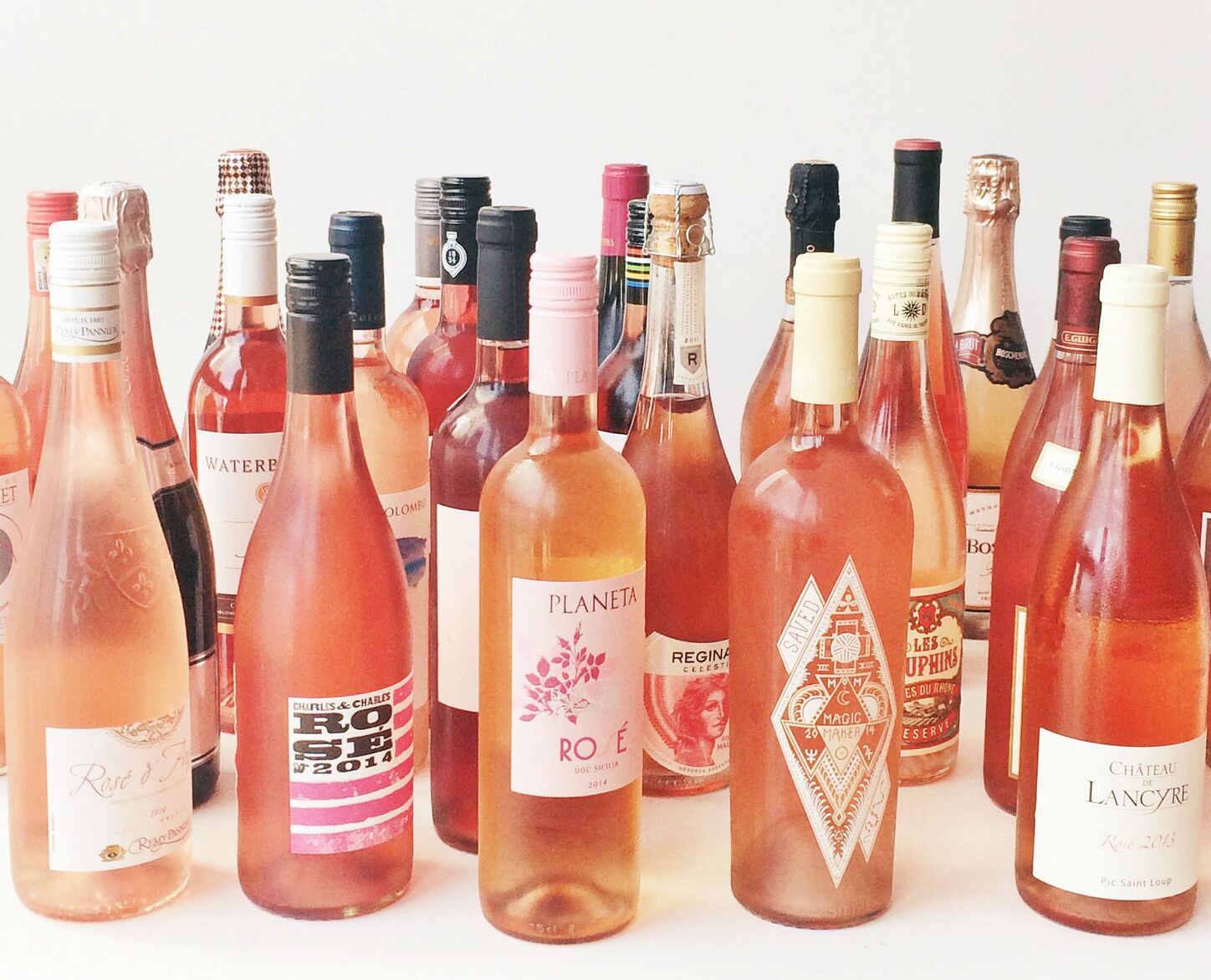
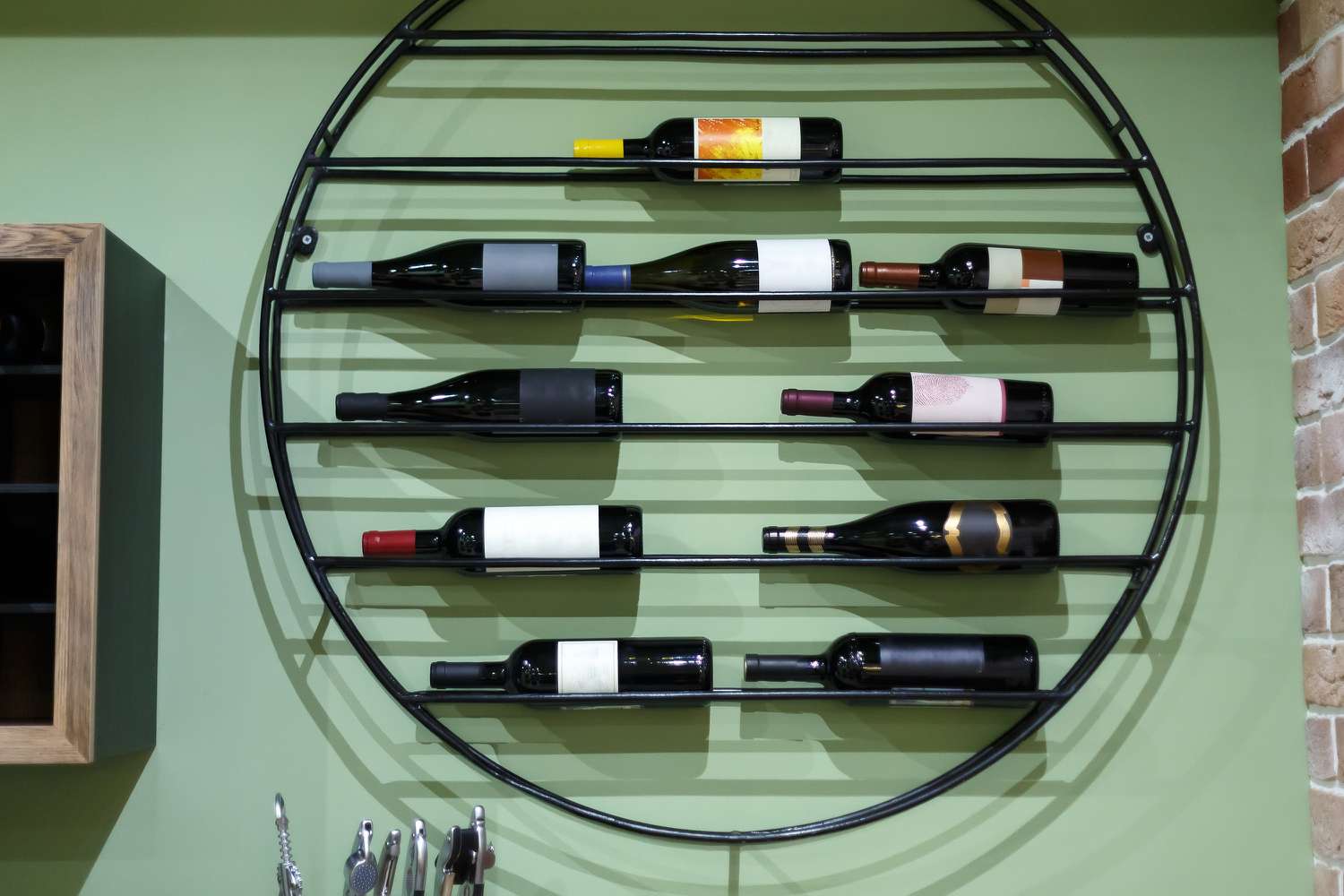

0 thoughts on “How To Store White Wine”